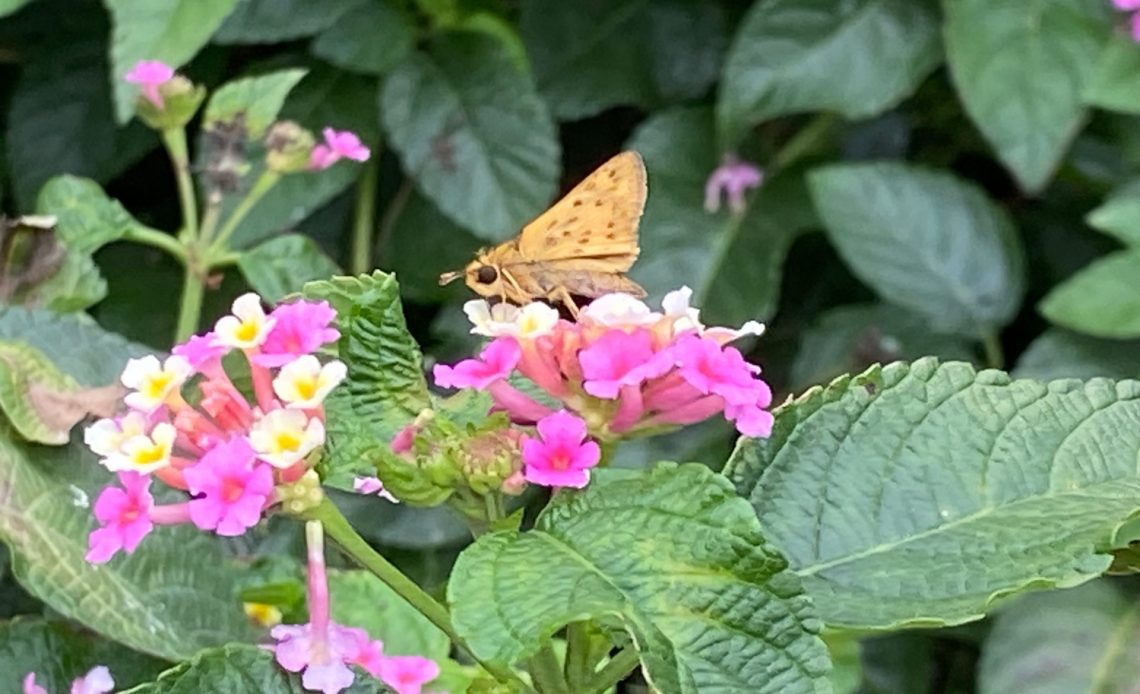

We’re here to help! Wild Yards is a completely free website that is 100% dedicated to helping you create a wildlife-friendly, sustainable yard. Read more
WildYards is reader-supported. When you buy a product through a link on our site, we may earn a comission. Every product is independently selected by our (obsessive) editors and our reviews are unbiased and objective. Read more about our mission or our privacy policy.
A garden full of flowers is a beautiful thing, but if you ask us, it’s the pollinators that visit the garden that make it special. From hummingbirds to butterflies to honeybees, we love watching these busy foragers flit from flower to flower. Pollinators play an invaluable role in our environment, so it’s important to do everything we can to keep them healthy. Planting flowers helps them by providing them with a food source. But what differentiates a flower garden from a pollinator garden, and why are pollinator gardens important?
Pollinator gardens are those that have been designed not necessarily for aesthetics but with the pollinators’ needs in mind. These spaces provide pollinators with a variety of resources they need to stay healthy so they can continue to support a thriving ecosystem.
What’s the difference between a flower garden and a pollinator garden?
A flower garden is a garden that has been filled with flowers, usually hybrid varieties that don’t produce much pollen or nectar. These varieties may bloom repeatedly, but they’re a poor food source for birds and insects. The layout of a flower garden has been designed for aesthetic appeal alone.
A pollinator garden is different in that its sole purpose isn’t simply to look nice. These gardens have been filled with pollinator-friendly flowers and native plants, with the aim of providing these creatures with ample food sources so they can continue to benefit the entire ecoregion.
Planting pollinator-friendly flowers is only one aspect of creating a successful pollinator garden.
Other eco-friendly plants, like vines, grasses, and trees, can also play an important role in a pollinator garden by providing pollinators with shelter and nesting materials.
A good pollinator garden should also include a water source, as well as places for pollinators to hide. Bug houses and hummingbird nesting boxes are also a welcome addition to a pollinator garden.
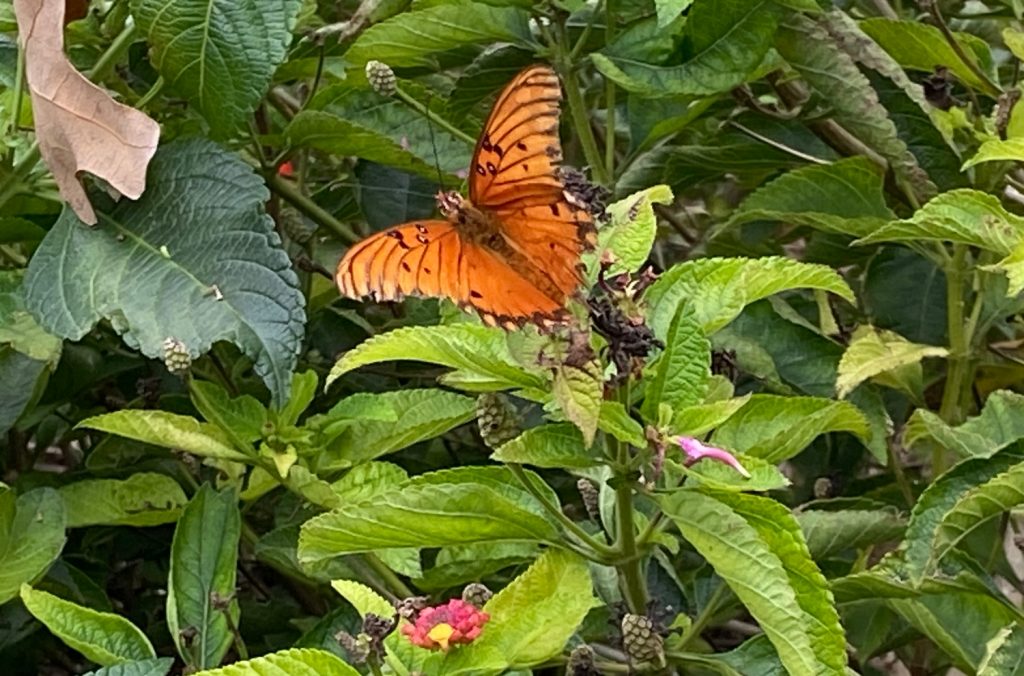
What are the benefits of a pollinator garden?
Now that you know the difference between a pollinator garden vs a flower garden, let’s take a look at what pollinator gardens do, specifically.
Pollinator gardens have many benefits to offer. Even if you only have a small space to plant in, a pollinator garden can make a big difference in your ecosystem!
Pollinator gardens provide birds and insects with food, water, and shelter
Pollinator gardens are basically a smorgasbord of flowers that butterflies, bees, and other beneficial insects love — peppered here and there with supportive native plants that can be used as shelter and building materials for birds.
A pollinator garden should include a variety of flowers of different heights, shapes, sizes, and colors.
The more types of plants you have in your pollinator garden, the more kinds of pollinators you will attract.
Some pollinators, like bees, gravitate toward flowers that are white, yellow, blue, violet, and purple. But others, like hummingbirds, prefer orange, yellow, pink, and especially red.
Because these pollinators are foragers, they also enjoy visiting flowers of different shapes.
Open-faced flowers like sunflowers capture warmth and give pollinators a place to rest as they collect pollen and nectar. But bell-shaped flowers provide protection from predators.
Meanwhile, non-flowering plants like grasses and certain vines, shrubs, and trees also play an important role, by providing pollinators with a place to hide, and a ready source of nesting materials.
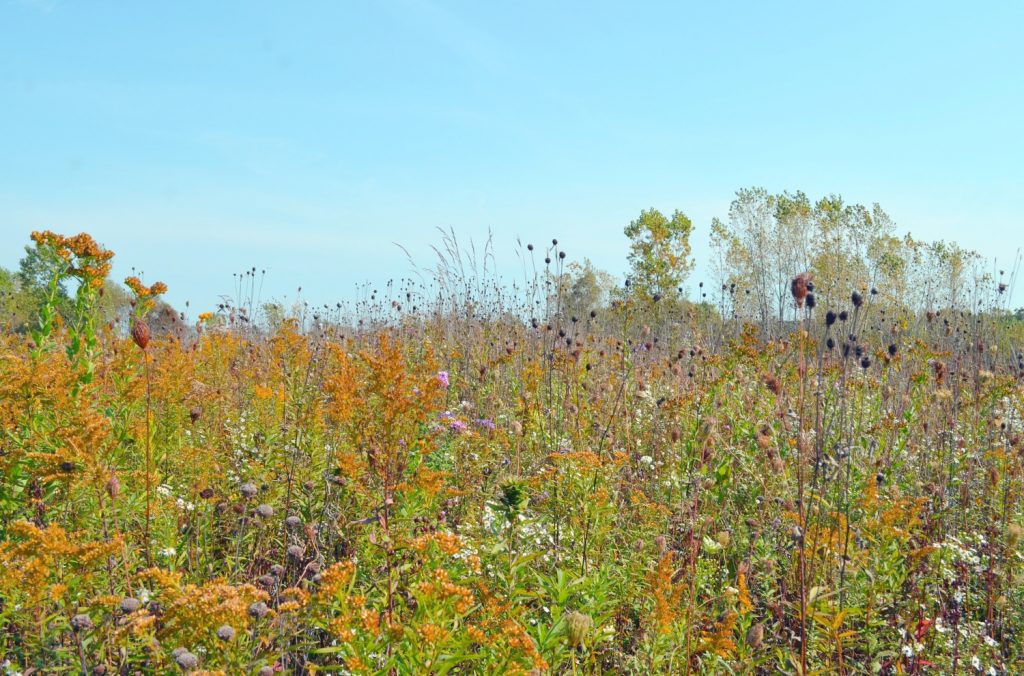
Pollinator gardens benefit other wildlife as well
A pollinator garden benefits pollinators actively, and other wildlife passively.
Providing pollinators with a reliable food source gives them the energy they need to explore other parts of the ecoregion, where they will continue to pollinate native plants.
By pollinating plants in other parts of the ecoregion, your local pollinators ensure adequate fruit production to ensure larger animals, including birds, squirrels, and deer, have ample food supply.
A healthy ecosystem starts with a healthy pollinator population.
Planning a pollinator garden in your backyard may seem like small potatoes. But when you consider just how critical the role of pollinators is in a given area, you quickly realize just how important pollinator gardens are
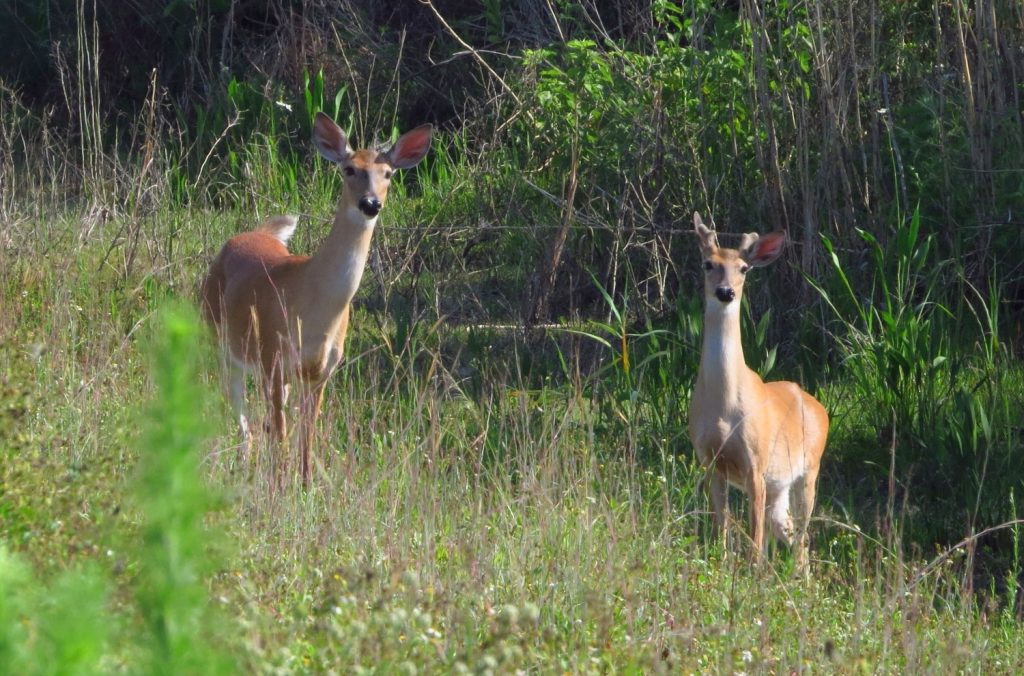
Pollinator gardens produce are environmentally friendly
Planting pollinator-approved plants in your backyard doesn’t just benefit the local flora and fauna. It’s tremendously beneficial for the environment as a whole.
For starters, pollinator gardens produce tons of oxygen. These plants filter carbon out of the air and help reduce the negative impact we inadvertently have on the world around us.
But on top of that, pollinator gardens help to control stormwater, which is another advantage.
As water runs off, it accumulates chemicals from herbicides, pesticides, fertilizers, and other harmful substances, and washes them straight into local waterways.
Situating your pollinator garden at the bottom of a slope traps the water, slowing its rate of runoff significantly as plants work to drink it in.
By planting a pollinator garden, you can greatly reduce runoff by giving the water a chance to soak in, where these pollutants can be filtered out through the soil.
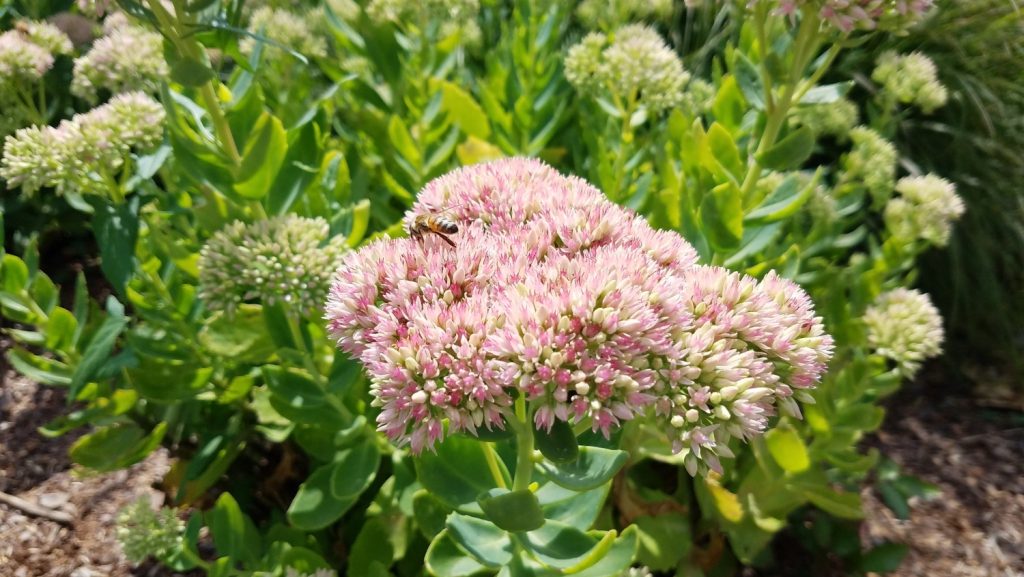
Pollinator gardens are good for fruits and vegetables
One of the benefits of a pollinator garden is that it can help attract more beneficial insects to your vegetable garden.
Bees and butterflies will happily collect nectar and pollen from the flowering fruits and vegetables in your garden. This, in turn, will boost pollination rates, ensuring you get a bountiful harvest.
Pollinator gardens also attract the attention of predatory insects, including ladybugs, hoverflies, and wasps.
These bugs will also help pollinate your plants, and when they’re not busy doing that, they’ll be scouring your garden for harmful pests, like aphids and spider mites, so they don’t destroy your crops.
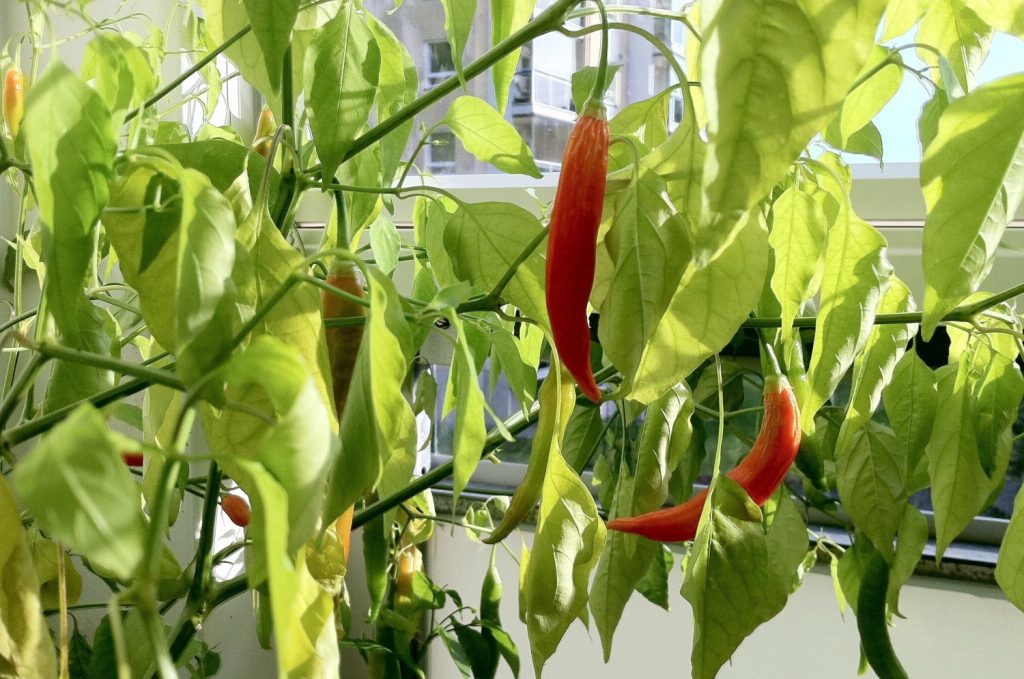
Pollinator gardens are good for your mental health
Have you ever spent an afternoon just watching the bugs in your garden? It feels good. It’s nice watching beautiful butterflies and busy little bees going on their merry way in the space that you created for them.
In supporting local pollinators, we can also support our mental health.
Studies consistently show that being outdoors is good for managing stress levels. It does a body good to look out on a garden full of vivid flowers, and the amazing wildlife that live for them.
If you’re looking for ways to support pollinators, the environment, and your well-being, planting a pollinator garden is a fantastic way to do all three.
How to make a pollinator garden
Planning a pollinator garden may sound difficult, especially if you’ve never done any landscaping before. But it’s not complicated. In fact, it’s actually pretty fun!
Grab a notepad and a pencil and start taking notes. Here’s how you can make a pollinator in your very own backyard.
Plant pollinator-approved native plants
The flowers and plants you choose are the backbone of your pollinator garden. Everything else, while also important, is secondary.
Choose pollinator-friendly plants like lantana, sunflowers, coneflowers, salvia, morning glory, trumpet vine, butterfly bush, and lavender.
Remember to include non-flowering plants as well. Native grasses, shrubs, and trees provide pollinators with a refuge to get out of the rain and hide from predators.
Use this native plant finder to determine which flowers and plants will be the most appropriate for your ecoregion.
Providing pollinators with a variety of flowering native plants gives them ready access to their preferred food choices. This, consequently, will encourage them to visit your pollinator garden more frequently.
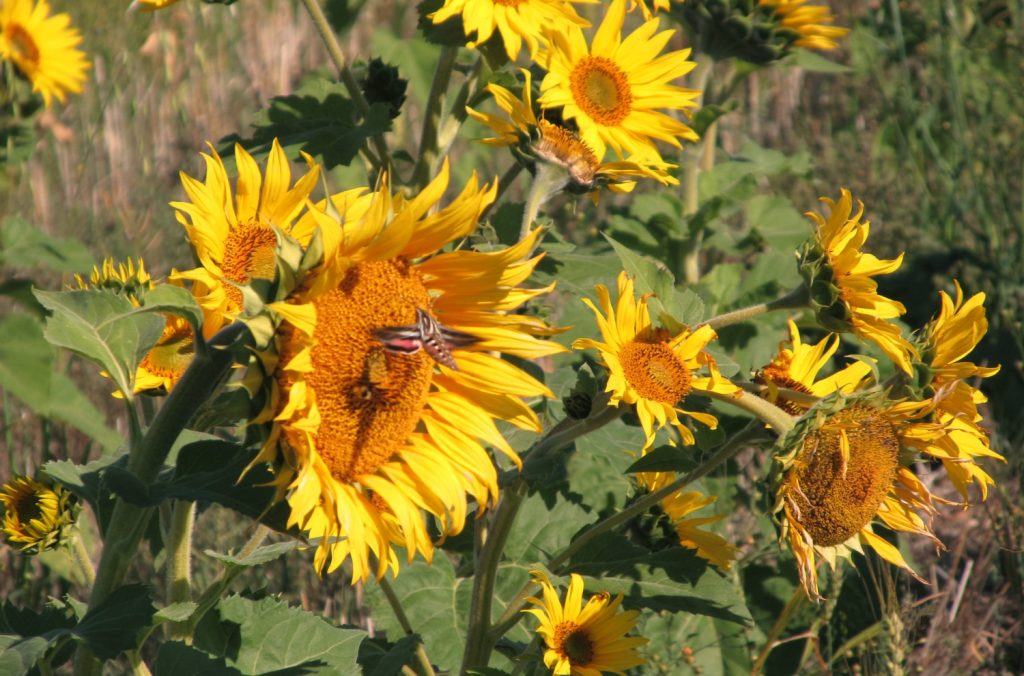
Stagger sizes
As foragers, pollinators like variety.
Grow plants of different shapes and sizes, being sure to include a variety of vibrant colors and different flower shapes.
Keep low-growing plants near the outside of your garden beds, with progressively larger plants moving inward.
Staggering plant sizes will encourage pollinators to explore every inch of your garden and continue to visit.
Install a water source
It’s important to give pollinators plenty of flowers to choose from. But pollinators get thirsty, too! So don’t forget to install a water source.
A birdbath equipped with a solar-powered fountain will attract the attention of visiting hummingbirds.
For bees, butterflies, and other insects, use a shallow dish lined with rocks to give the bugs a place to rest as they drink and to prevent them from drowning in the water.
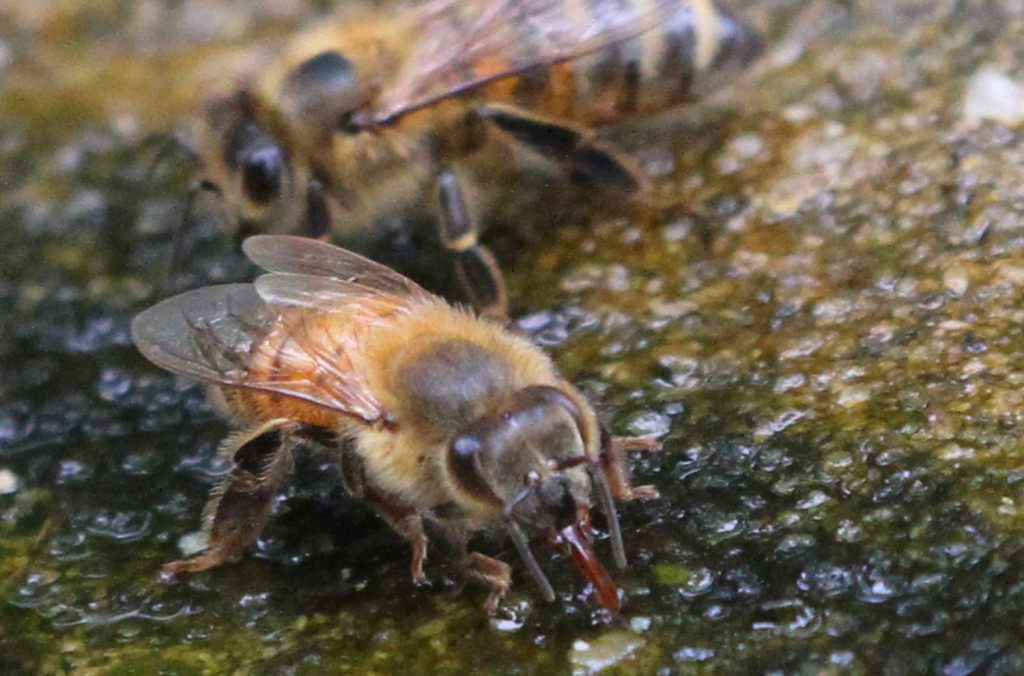
Provide shelter
Make a bug house out of a box, and fill it with pine cones, sticks, and other plant materials to make a bug house. You can also purchase bug houses that are ready to install.
Use these hummingbird nest clips to give them a place to construct their nests.
And hang up a few hummingbird houses so they have a place to get out of the weather and stay warm.
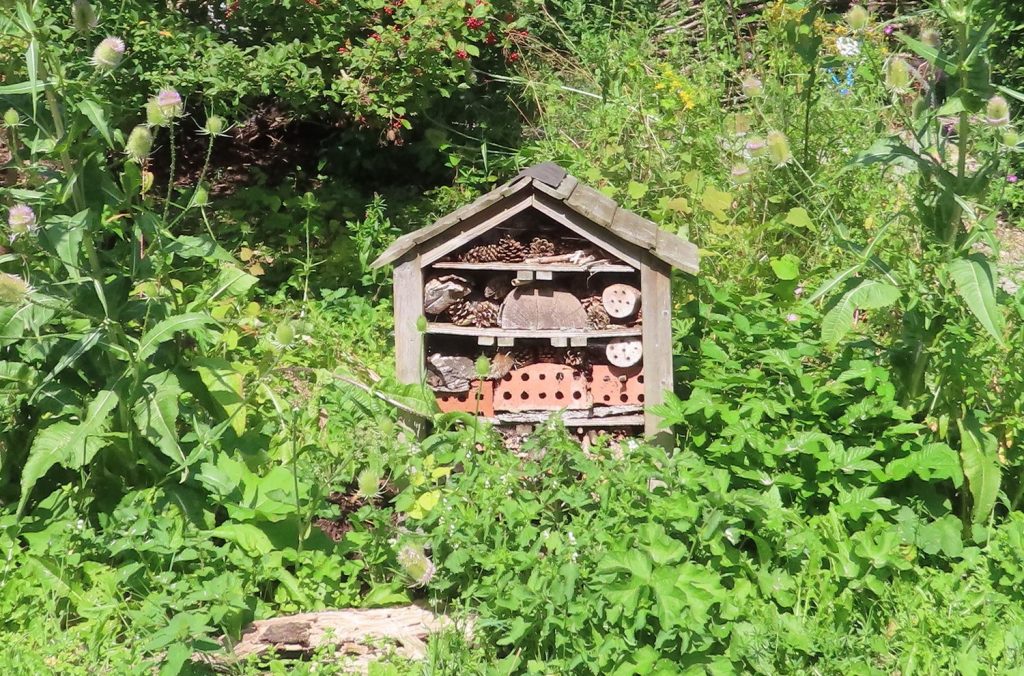
Garden sustainably
In caring for your pollinator garden, be sure to use sustainable tactics.
Avoid using chemical-based fertilizers, pesticides, herbicides, and fungicides. Choose organic alternatives, instead.
Start a compost bucket (or heap, if you have room for it) to make your own fertilizer for your plants. This will also enable you to cut down on the amount of waste your household produces.
Finally, collect rainwater to use to water your plants. This will allow you to save on water. Plus, plants tend to perform better when given rainwater, anyway.
Rainwater is 100% soft and slightly acidic, keeping the pH level of your soil between 5.5 and 7.0, right where plants like it most.
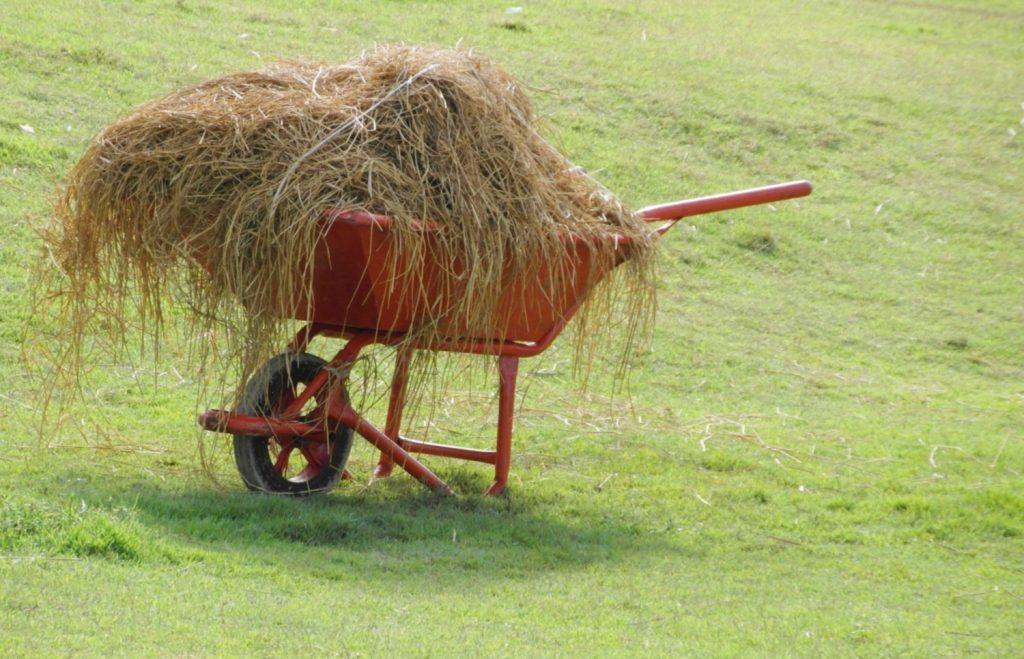
Growing a pollinator garden is easy
You see? Growing a pollinator garden is easy! And when you’ve got it planted, you can use your pollinator garden to educate others about the importance of supporting local insects.
Do yourself and your local ecoregion a favor. Transform your backyard into a pollinator’s paradise and make your property one big wildlife refuge.
